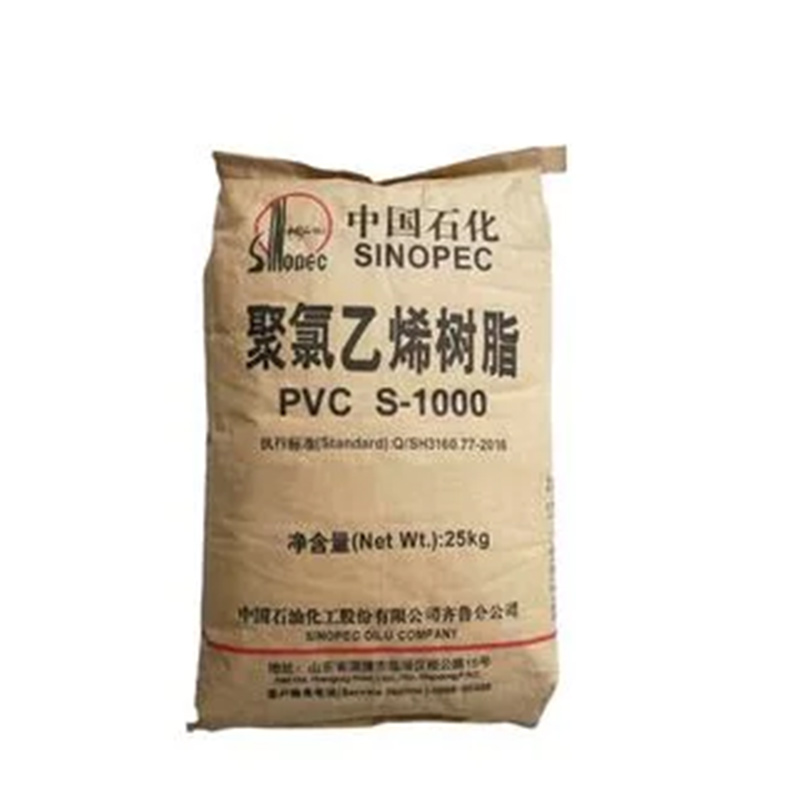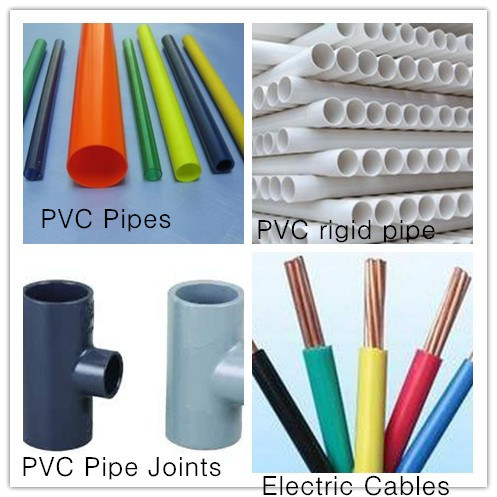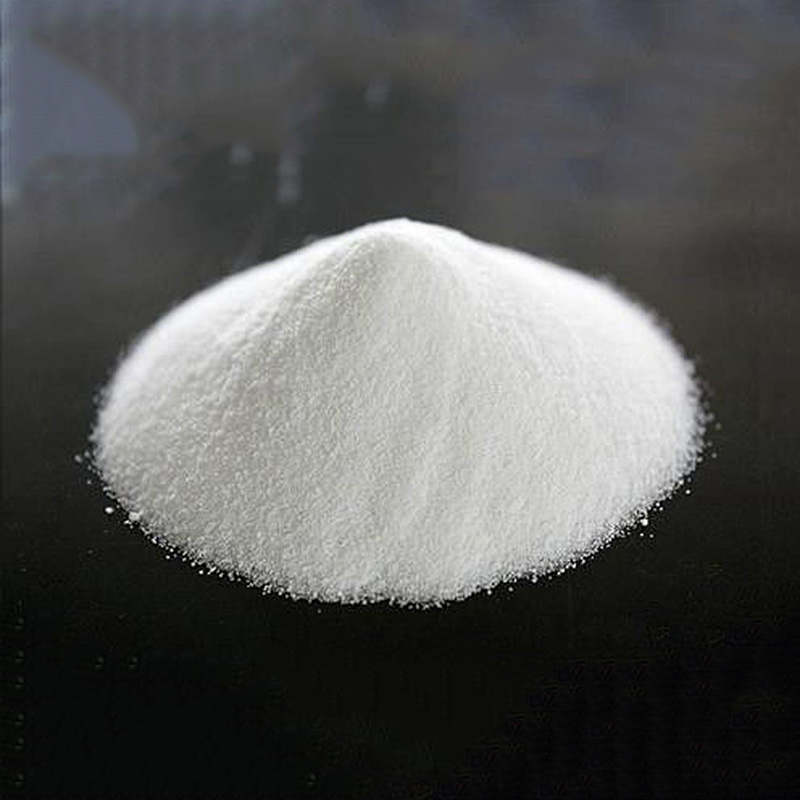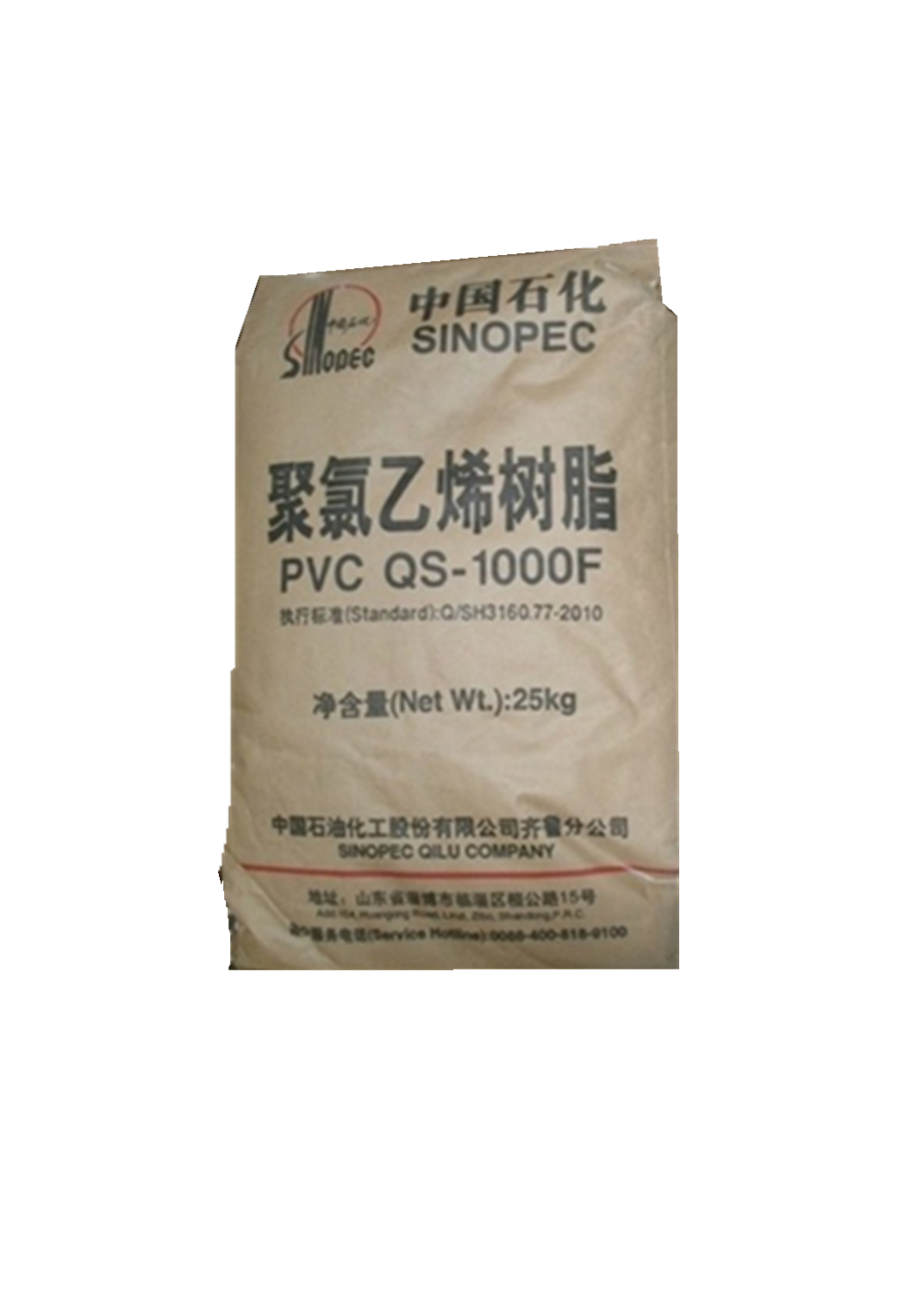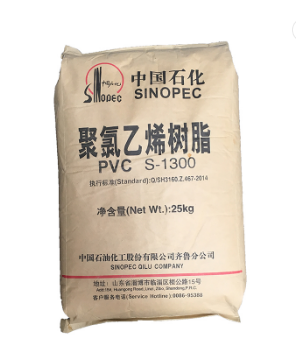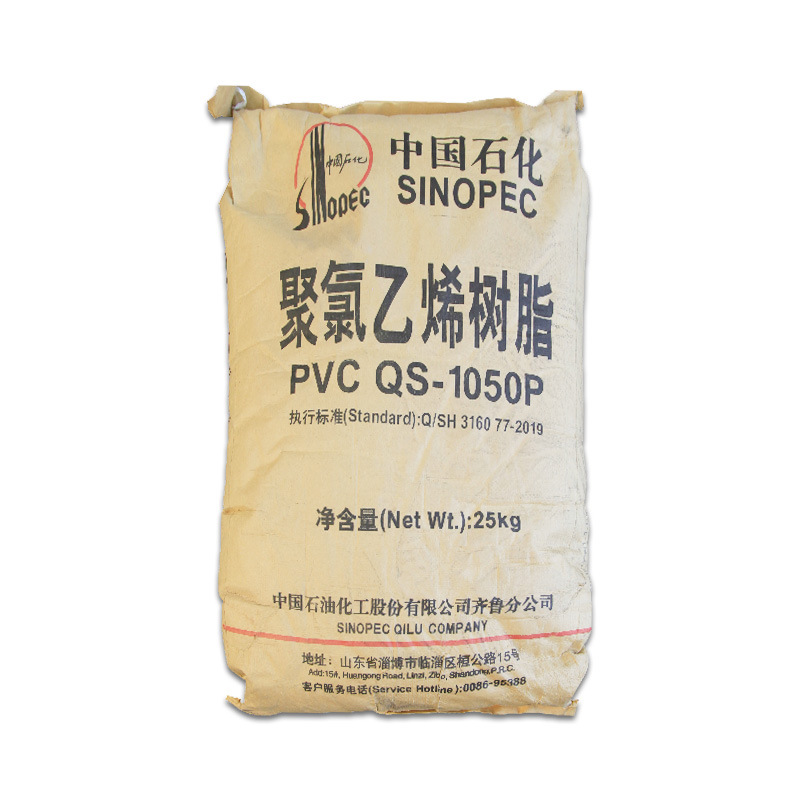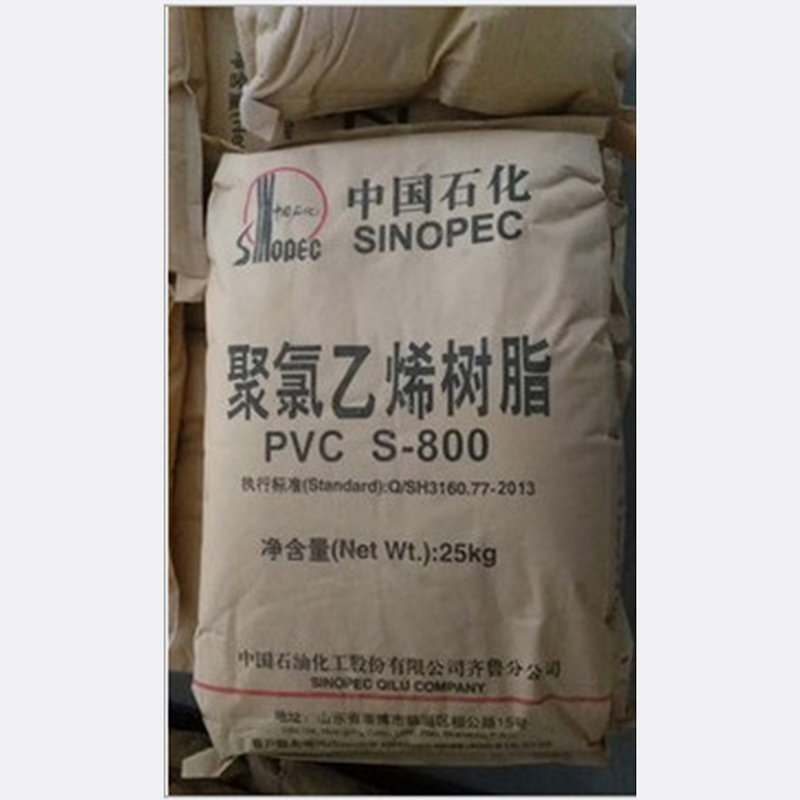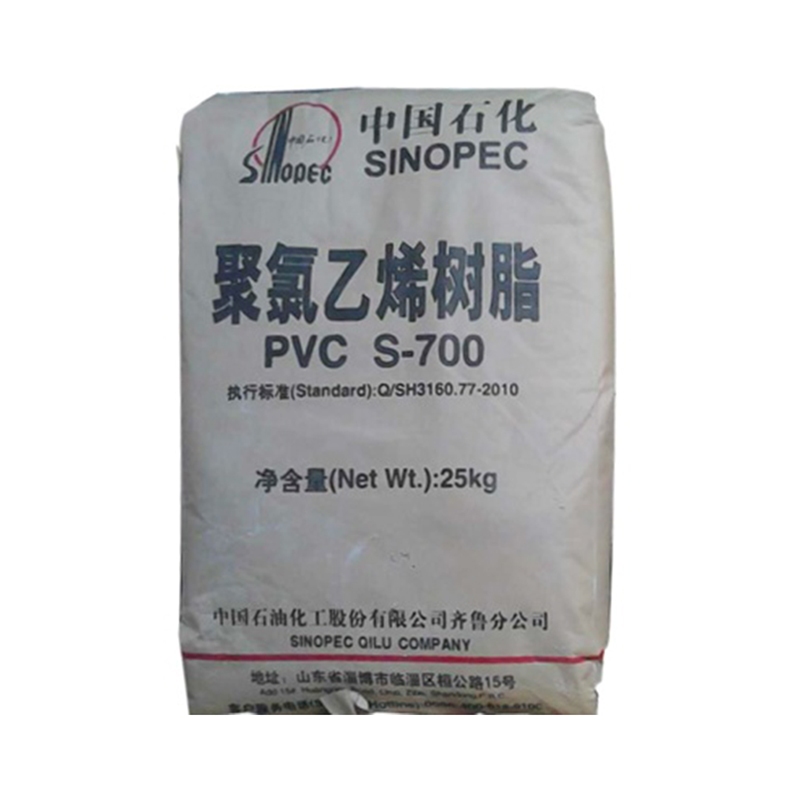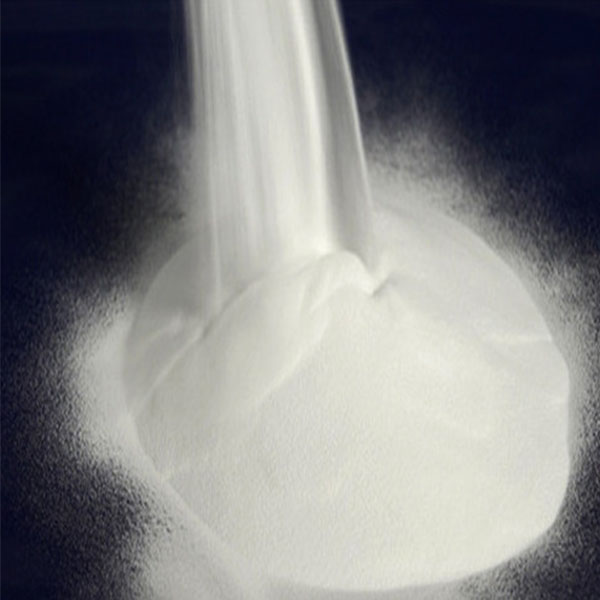Ethylene Based PVC SINOPEC S1000 K67
Ethylene Based PVC SINOPEC S1000 K67,
PVC resin for film, PVC RESIN FOR PIPES, PVC resin for profile, PVC RESIN S-1000,
PVC S-1000 polyvinyl chloride resin is produced by suspension polymerization process using vinyl chloride monomer as raw material. It is a kind of polymer compound with a relative density of 1.35 ~ 1.40. Its melting point is about 70 ~ 85℃. Poor thermal stability and light resistance, over 100℃ or long time under the sun hydrogen chloride begins to decompose, plastic manufacturing needs to add stabilizers. The product should be stored in a dry and ventilated warehouse. According to the amount of plasticizer, the plastic softness can be adjusted, and the paste resin can be obtained by emulsion polymerization.
Grade S-1000 can be used to produce soft film, sheet, synthetic leather, piping, shaped bar, bellow, cable protection piping, packing film, sole and other soft sundry goods.
Parameters
| Grade | PVC S-1000 | Remarks | ||
| Item | Guarantee value | Test method | ||
| Average polymerization degree | 970-1070 | GB/T 5761,Appendix A | K value 65-67 | |
| Apparent density, g/ml | 0.48-0.58 | Q/SH3055.77-2006, Appendix B | ||
| Volatiles content (water included), %, ≤ | 0.30 | Q/SH3055.77-2006, Appendix C | ||
| Plasticiser absorption of 100g resin, g, ≥ | 20 | Q/SH3055.77-2006, Appendix D | ||
| VCM residue, mg/kg ≤ | 5 | GB/T 4615-1987 | ||
| Screenings % | 2.0 | 2.0 | Method 1: GB/T 5761, Appendix B Method 2: Q/SH3055.77-2006, Appendix A |
|
| 95 | 95 | |||
| Fisheye number, No./400cm2, ≤ | 20 | Q/SH3055.77-2006, Appendix E | ||
| Number of impurity particles, No., ≤ | 16 | GB/T 9348-1988 | ||
| Whiteness (160ºC, 10minutes later), %, ≥ | 78 | GB/T 15595-95 | ||
Packaging
(1) Packing : 25kg net/pp bag, or kraft paper bag .
(2) Loading quantity : 680Bags/20′container, 17MT/20′container .
(3) Loading quantity : 1000Bags/40′container, 25MT/40′container .
Ethylene Based PVC S1000 K65 67
Description:
Polyvinyl chloride, abbreviated as PVC S1000, is a polymer formed by the polymerization of vinyl chloride monomer (VCM) under the action
of peroxides, azo compounds and other initiators or under the action of light and heat according to the free radical polymerization reaction mechanism. Vinyl chloride homopolymer and vinyl chloride copolymer are collectively referred to as vinyl chloride Resin . PVC is a white powder with an amorphous structure with a small degree of branching. Its glass transition temperature is 77~90℃, and it starts to decompose around 170℃. It has poor stability to light and heat. Decomposition produces hydrogen chloride, which is further autocatalyzed and decomposed, causing discoloration, and the physical andmechanical
properties also decline rapidly. In practical applications, stabilizers must be added to improve the stability to heat and light.
PVC S1000 Mainly used to:
1. PVC profile
Profiles are the largest area of PVC consumption in my country, accounting for about 25% of total PVC consumption. They are mainly used to make doors and windows and energy-saving materials, and their application volume is still increasing significantly across the country. In developed countries, the market share of plastic doors and windows is also the highest, for example, Germany is 50%, France is 56%, and the United States is 45%.
2. Polyvinyl chloride pipe
Among many polyvinyl chloride products, polyvinyl chloride pipes are its second largest consumption area, accounting for about 20% of its consumption.In my country, polyvinyl chloride pipes are developed earlier than PE pipes and PP pipes, with more varieties, excellent performance, and a wide range of applications, and occupy an important position in the market.
3. Polyvinyl chloride film
The consumption of PVC in the field of PVC film ranks third, accounting for about 10%. After PVC is mixed with additives and plasticized, a three-roll or four-roll calender is used to make a transparent or colored film with a specified thickness. The film is processed in this way to become a calendered film. It can also be cut and heat-sealed to process packaging bags, raincoats,tablecloths, curtains, inflatable toys, etc. The wide transparent film can be used for greenhouses, plastic greenhouses and mulch films. The biaxially stretched film has the characteristics of heat shrinkage and can be used for shrink packaging.
4. PVC hard materials and plates
Stabilizers, lubricants and fillers are added to PVC. After mixing, the extruder can be used to extrude hard pipes, special-shaped pipes and corrugated pipes of various calibers, which can be used as sewer pipes, drinking water pipes, wire casings or staircase handrails.The calendered sheets are overlapped and hot pressed to make hard plates of various thicknesses.The plate can be cut into the required shape, and then welded with hot air with PVC welding rod to form various chemical resistant storage tanks, air ducts and containers.





